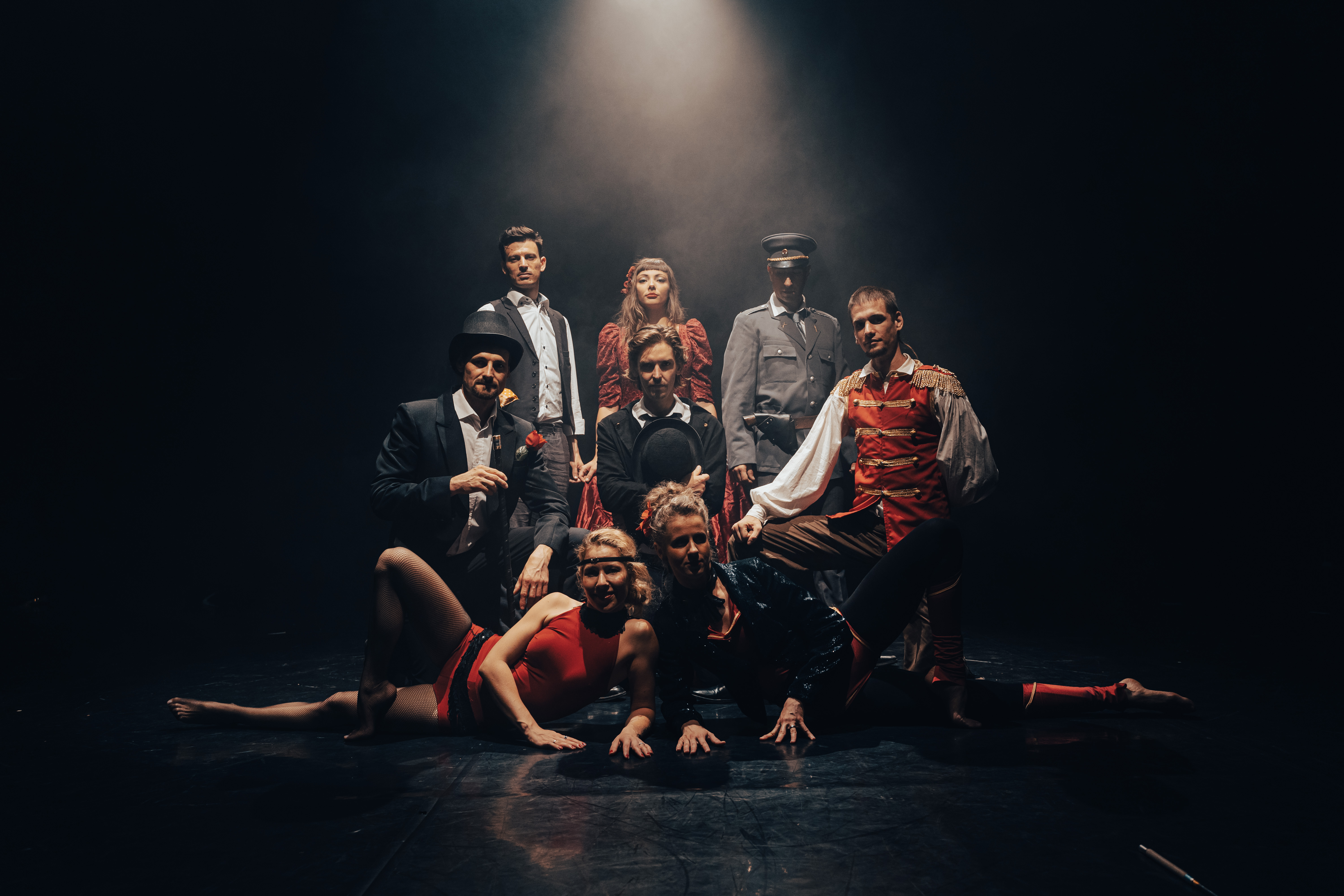“I was working as a journalist when I came across the daring life stories of these Hungarian artists,” begins Réka Zetelaki. Enthused by her findings, Réka quickly saw their potential. These tales were touching and inspiring at the same time and at that point, she knew that they would provide the basis for a theatrical-circus production such as Great Stories of Budapest.
Truth is stranger than fiction
"I had the impression that no-one could have imagined something more intriguing than these real-life events.”
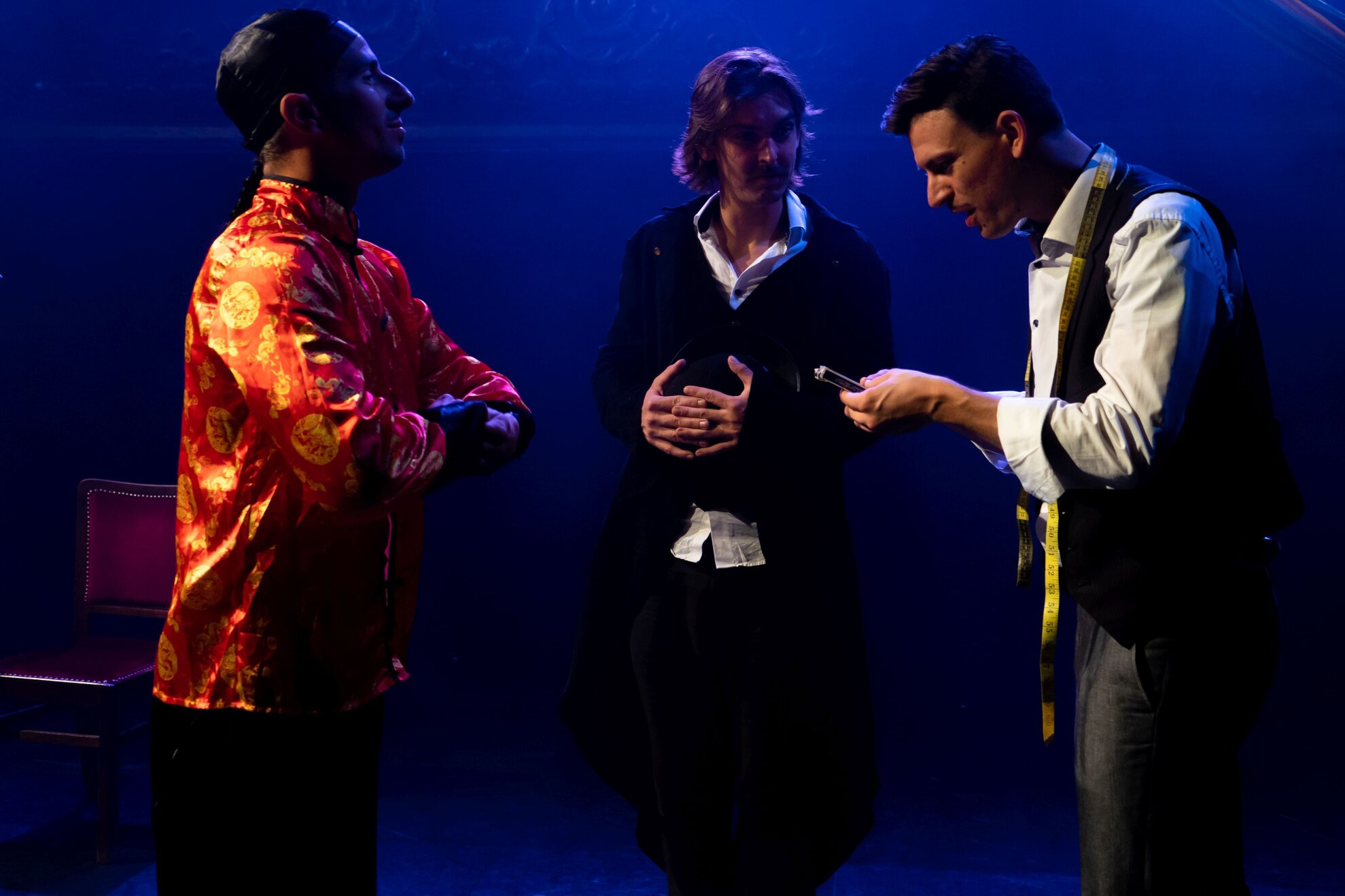
Then, upon meeting Időutazók Társulat, a company founded in 2019 with the express aim of commemorating Hungary’s legendary circus performers, Réka shared her enthusiasm.
All parties agreed that the stories were not simply interesting, staging them would be a form of honouring these heroic performers and daredevils of Hungary’s artistic past. Apart from entertaining the audience, the show would teach them about actual events and Hungarian history.
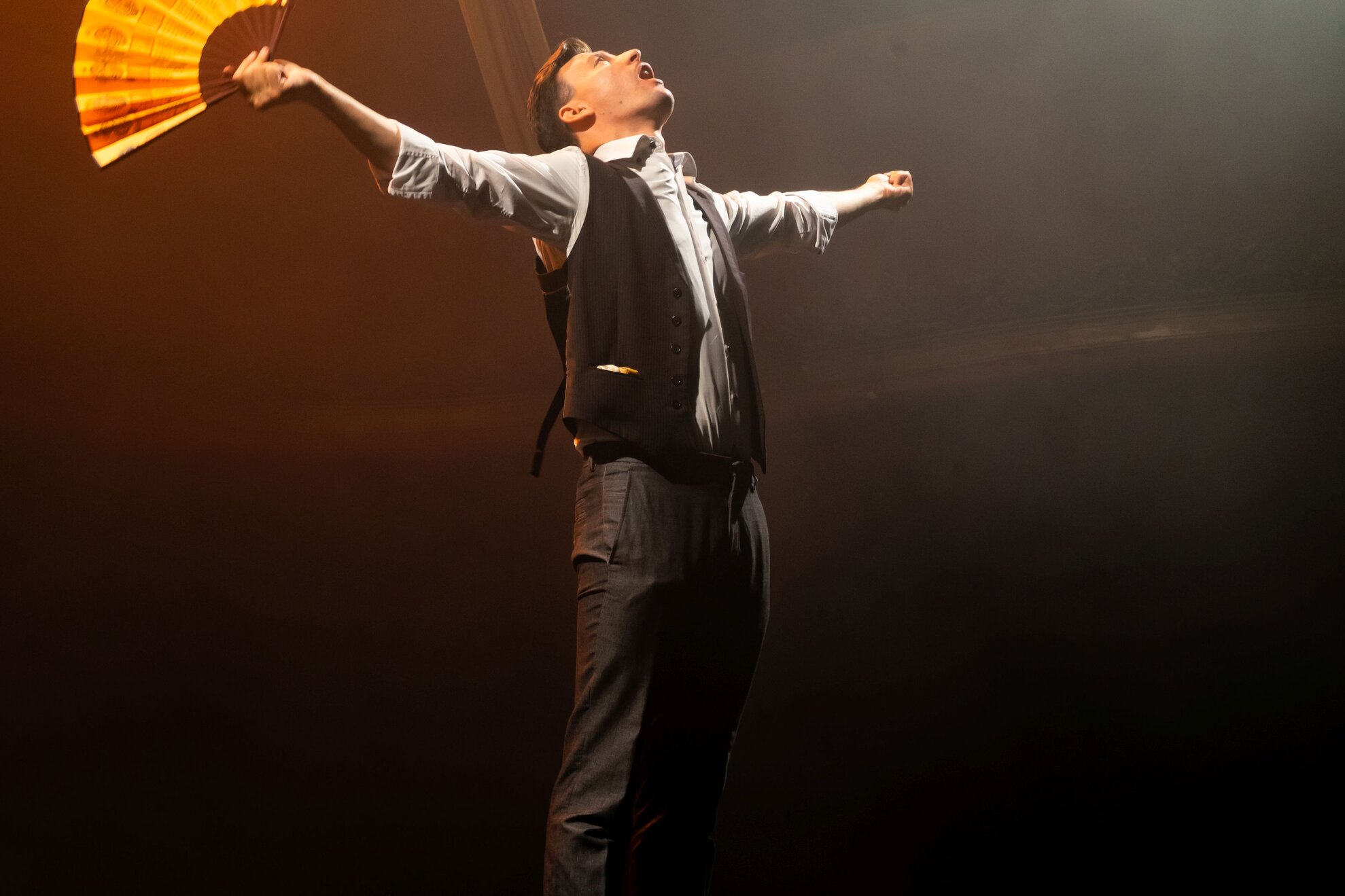
The production opens soon after the Austro-Hungarian Compromise of 1867, when Hungary gained semi-autonomy from Vienna, the memory of the revolution two decades before still vivid in people’s minds.
Then as the play goes on, there is the destruction of the two world wars and the subsequent Soviet occupation. This then brings us to the post-
modern age of the present day. The show focuses on the life of every character, but the narrator always offers an insight into each historic period.
An artist for every era
“The goal was to find an artist from each era we feature and we wanted their story to describe somehow that particular time in Hungarian history,” says Réka.
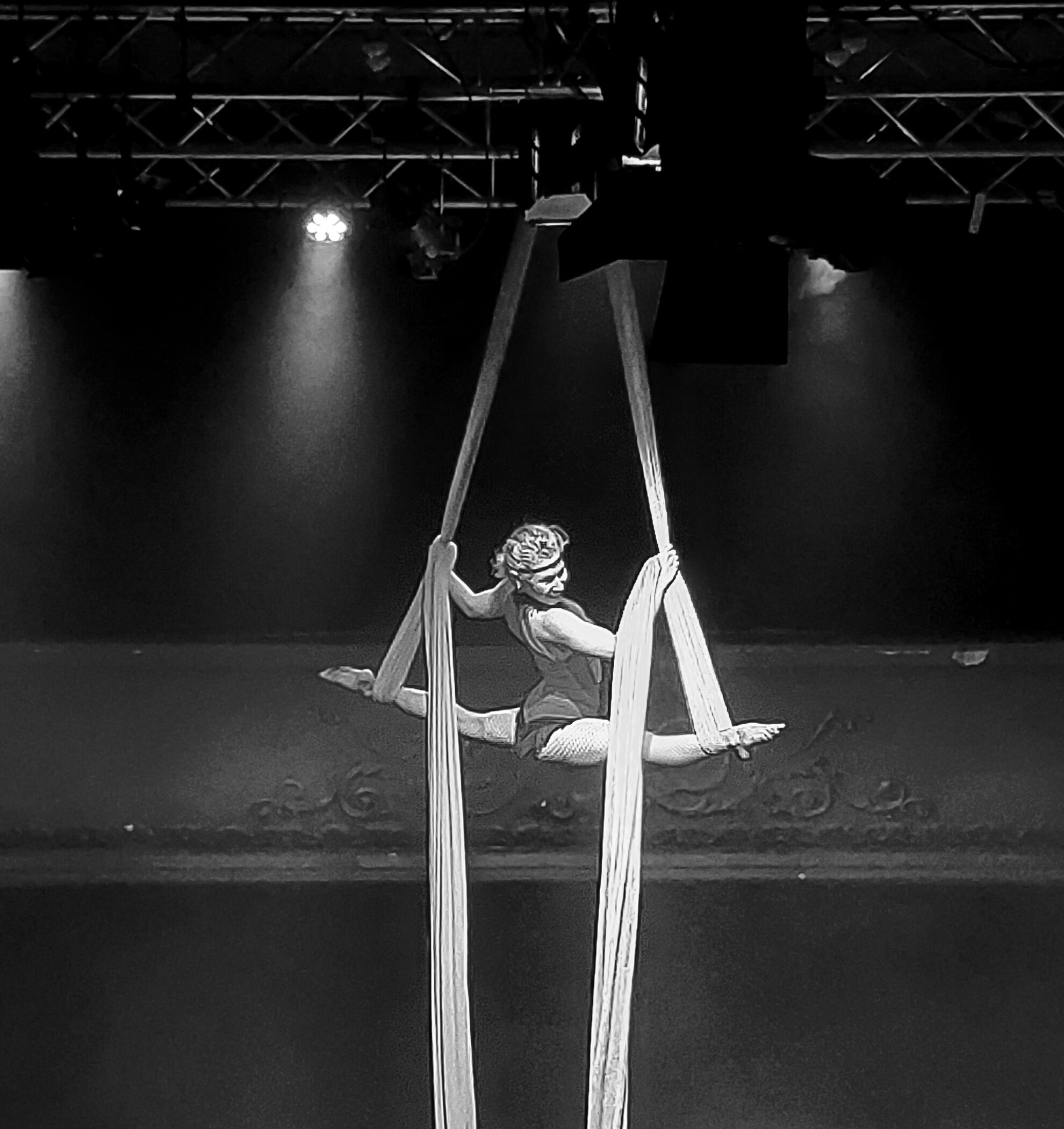
The foundation of Hungary’s first circus at the end of the 1800s was also a milestone in the history of its entertainment industry, enabling the profession of circus artist to become much more respectable.
Before then, those involved in the circus were from society’s lower echelons, and considered immoral, poorly educated wanderers. This is not surprising as at the time, freak shows were fashionable, where the disabled and faded bodybuilders entertained the audience. The well-to-do were hardly encouraged to see such performances.
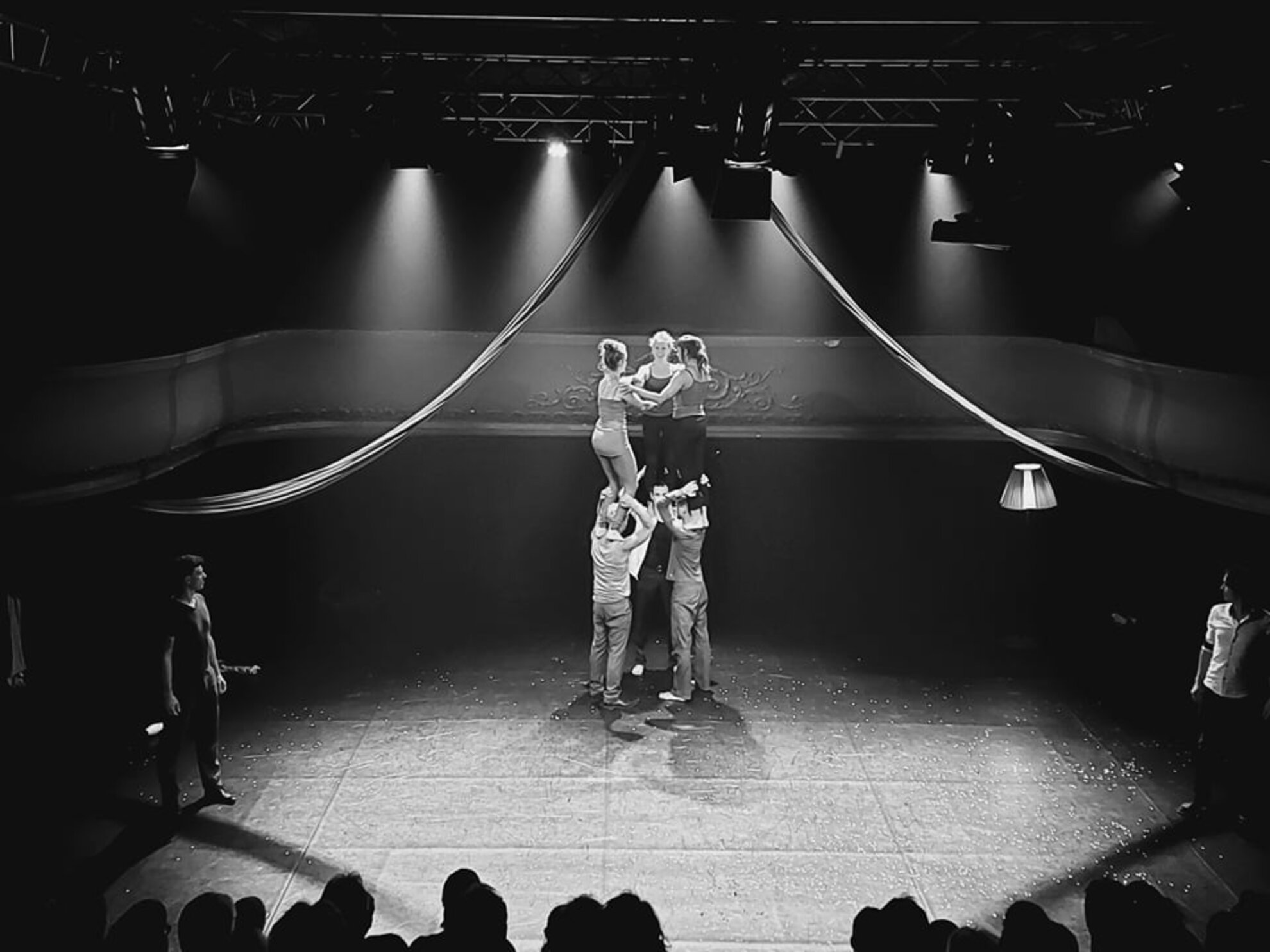
Once the first circus opened, its artistic horse shows became quite popular within aristocratic circles. This contrast between noble and artistic life also appears in Great Stories of Budapest. A specific story refers to Count Eötvös and a beautiful horse-riding artiste, Johanna, who fall madly in love. The count duly drops his noble title to become a horse rider, too, in order to marry Johanna.
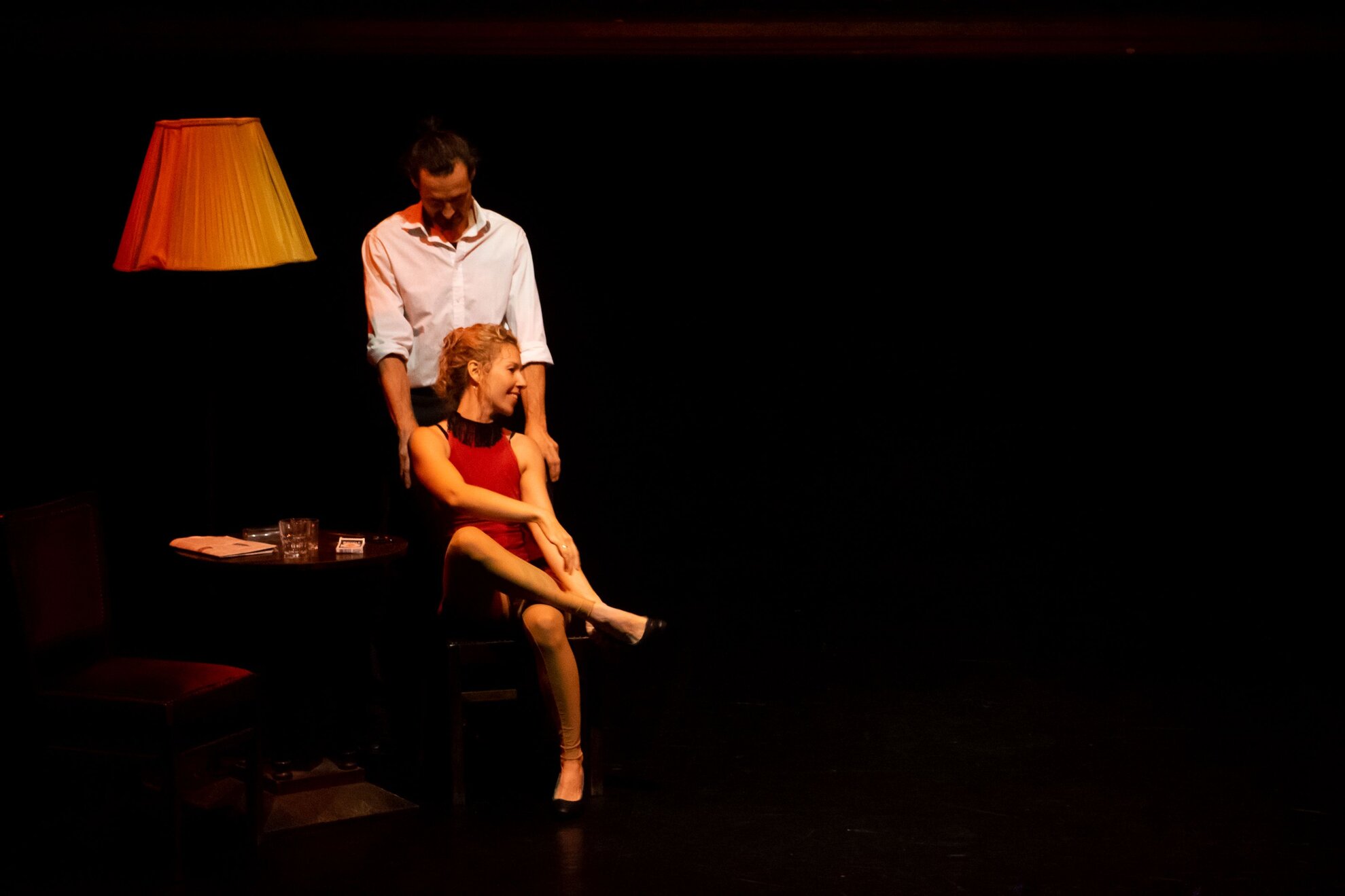
“The actors felt a personal connection with the characters and with the whole project. In fact, we actually turned this into our own story, the unusual proof being that the actor playing Count Eötvös has just got married in real life to the actress playing Johanna,” smiles Réka.
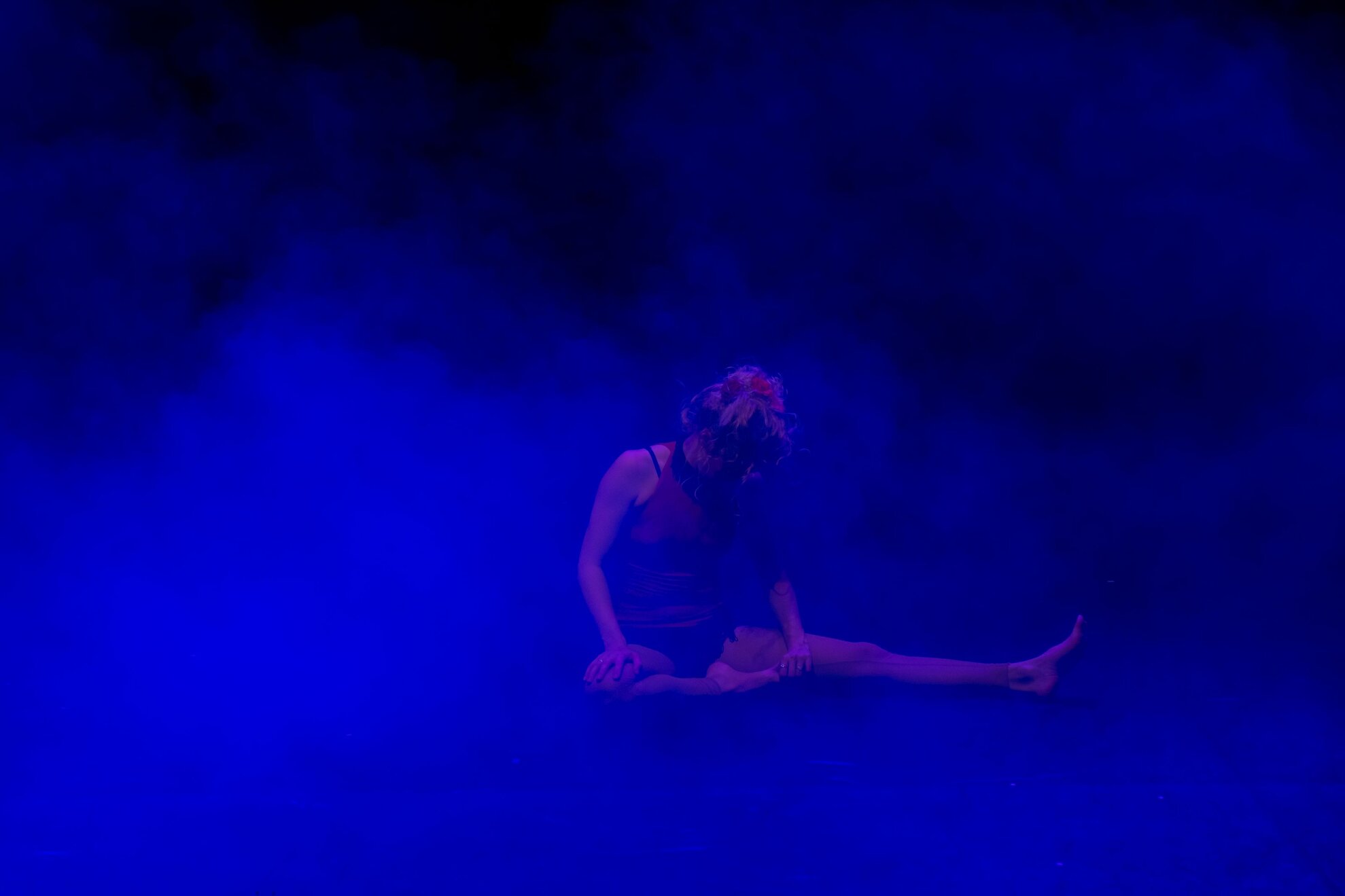
After the 19th century, political ideology came to the fore, prohibiting certain artistic performances, even performers themselves. Zita Szeleczky, as played by Réka, was a Hungarian actress who had to emigrate for these reasons, and appears here as an allegory of all the performers who were silenced or forced to leave the country for promoting Hungarian culture.
Another powerful character is László N, whose story is known to us from a letter which later came to light. This former circus artist was coerced into being a policeman in Communist Hungary.
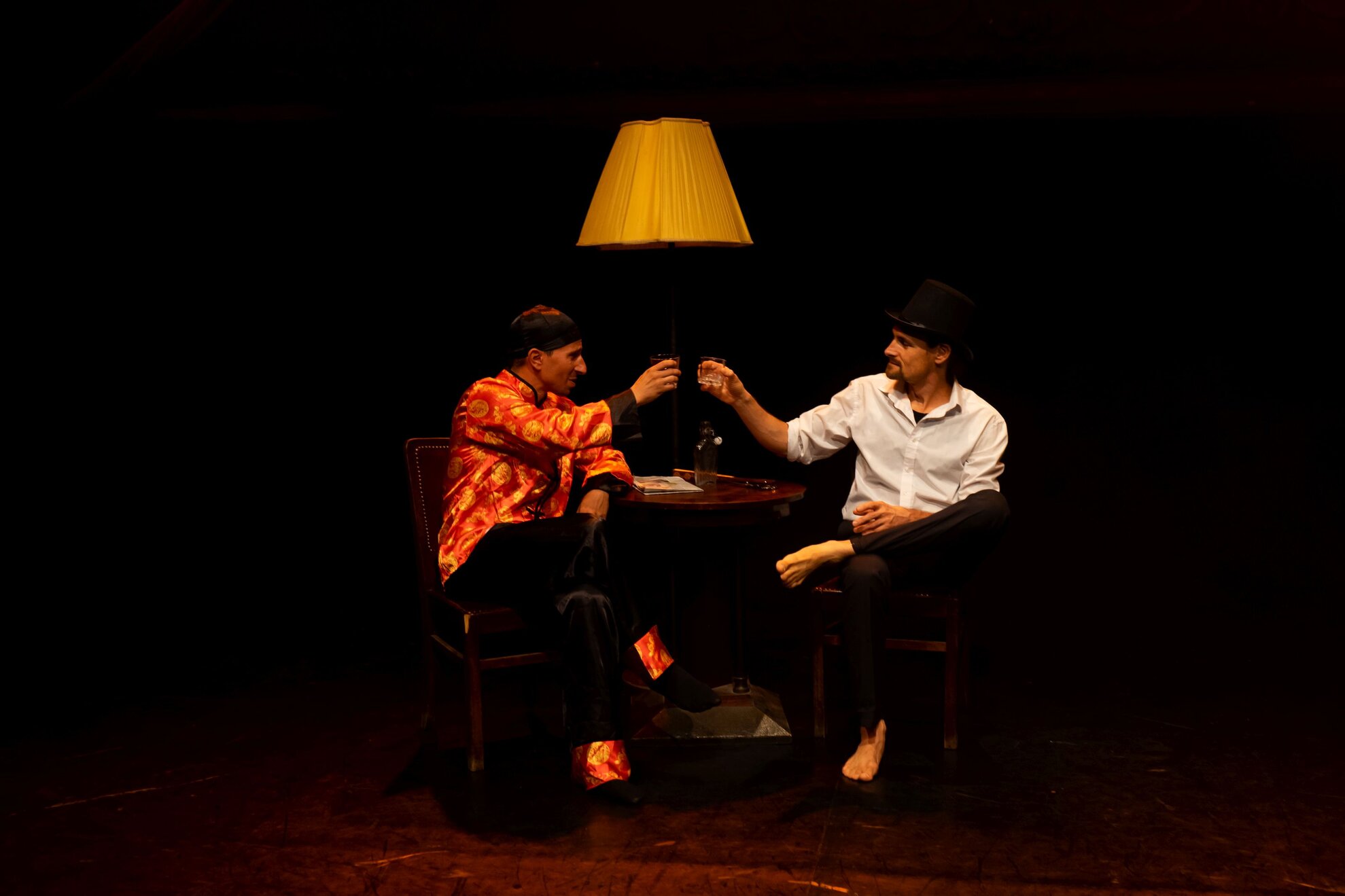
“The parallels between the present day and these past events and historic periods are sometimes remarkable,” says Réka, for whom the Bethlen Tér Theatre serves as the perfect venue for staging the play.
“It’s an upside-down theatre as we call it, where the current seating area was the former stage. It’s a metaphor which speaks for the whole show.”
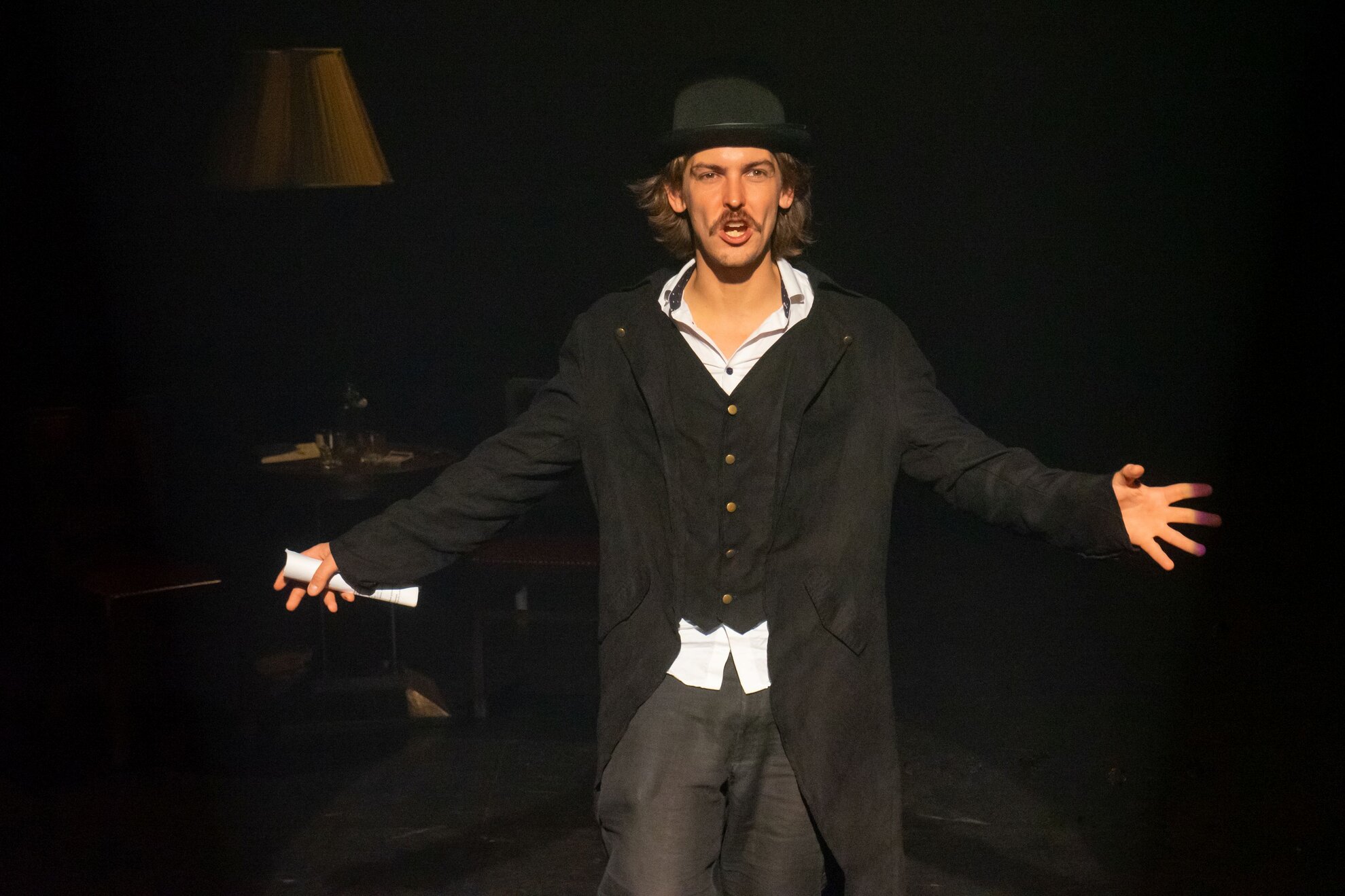
Réka and troupe are planning more English-language productions. A follow-up to Great Stories of Budapest is in progress, with new stories to be told of more intriguing artists. This is just the beginning…
Venue information
Great Stories of Budapest
Bethlen Tér Theatre
1071 Budapest, Bethlen Gábor tér 3
Wednesday, 29 September, 7pm-8pm
Tickets (HUF 3,500) available here
